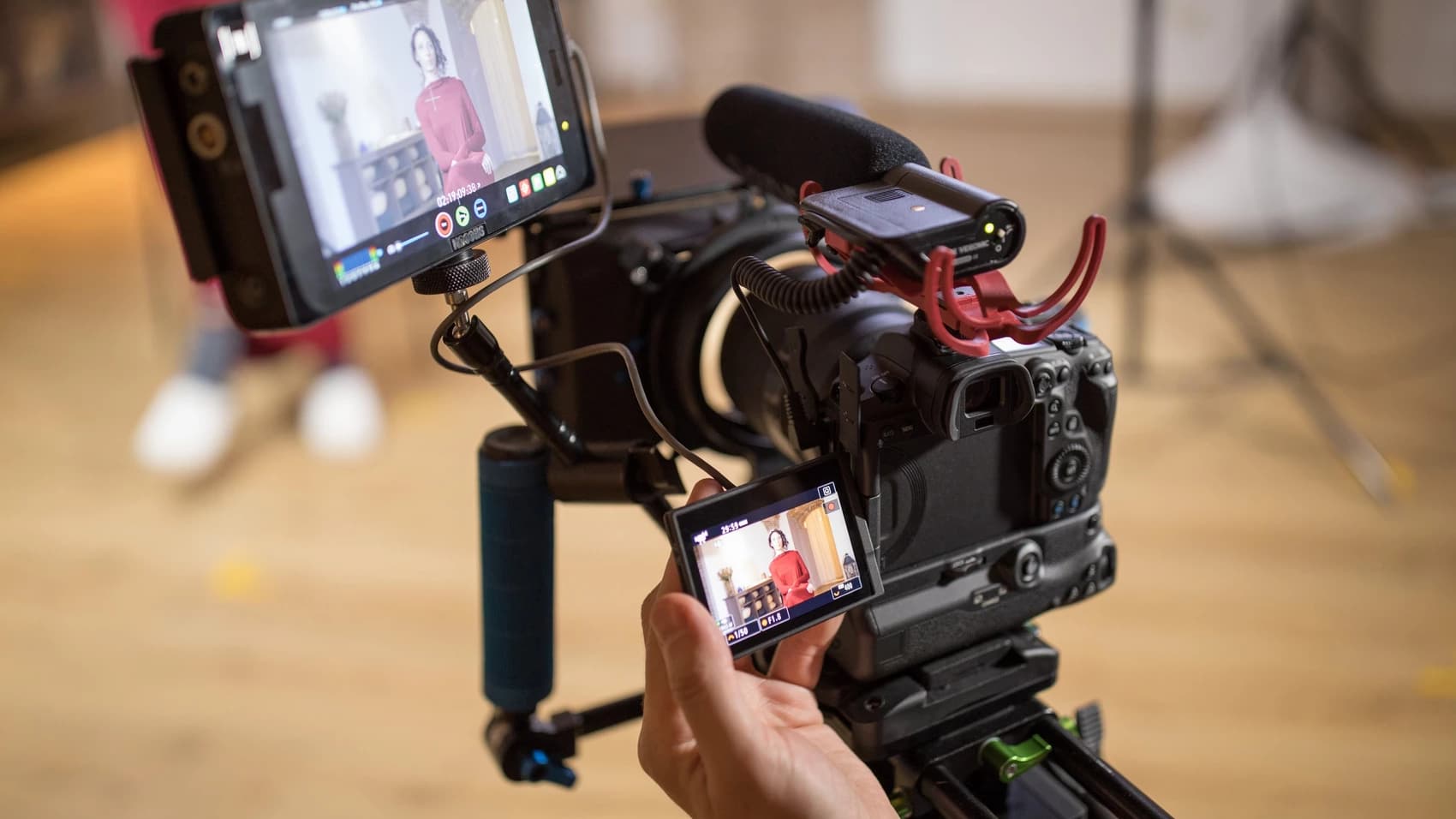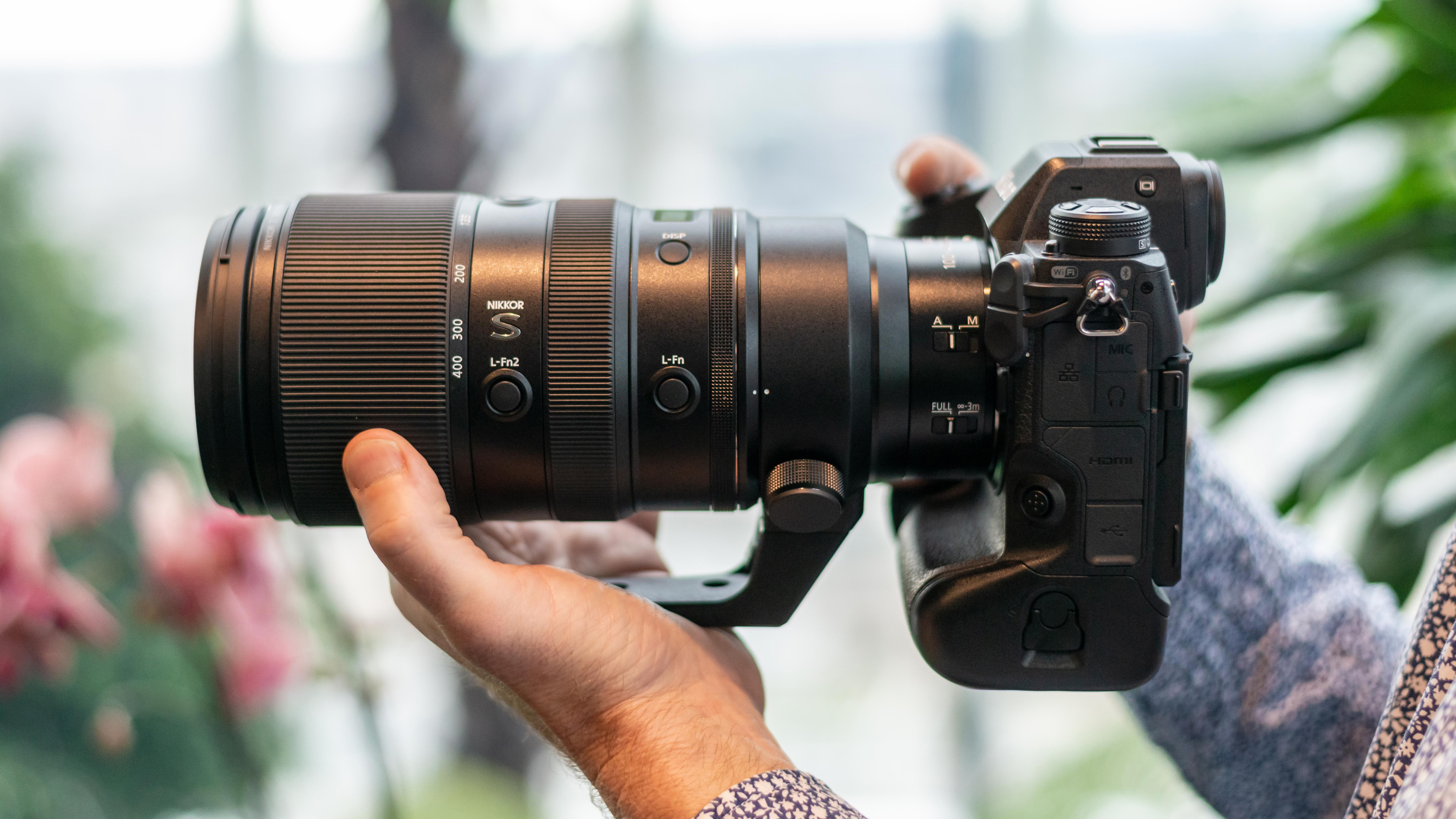I wonder what happened to ordinary photography? We’ve become fixated on extremes
We all want the best camera. Of course we do. But judging cameras by the extremes of their performance makes no sense

Every photography channel, every online discussion, every camera comparison, news and opinion (well, except this one) seems to be dominated by extremes of features, specifications and benchmarks. It’s as if cameras no longer count unless they are pushing the performance envelope further than ever before.
We want the best of everything. We want the best mirrorless cameras, the best professional cameras, the best video cameras, the highest resolution cameras and so on. All this is fine if you have a very definite and specific need for these things, but they seem to have become a yardstick for camera quality even when there isn't.
Does nobody take ordinary pictures any more? Do we all now inhabit a world of photographic extremes?
We seem to be moving on, just a little, from our fixation with megapixels, but there are plenty of new ones to replace it, most of them revolving around types of photography and extremes of situations that almost none of us will encounter.
Let’s start with one of the most recent: global shutters. Now in principle these are a great idea because they prevent shutter distortion at ultra-high shutter speeds. In practice, few of us will ever shoot the kinds of subjects and at the kind of shutter speeds where this lack of shutter distortion can even be demonstrated, but there it is. It’s a new standard, a new goal.
And then there’s video capture. This isn’t so much a single extreme as a whole series of them. Every camera that can shoot video is compared and judged according to a complex matrix of video capabilities based on resolution, frame rates, crop factors, oversampling, bit depth, bitrate, codecs and log profiles. Very few of us will need these extremes of performance, but somehow we feel we need to have them as an indication that one camera is ‘better’ than another at video.
8K video capability naturally makes 6K look like a bit of a cop-out and 4K just plain ordinary. And yet while editing 4K is now more the norm, there aren’t many of us with hardware capable of 6K editing, never mind 8K, and much YouTube content is still uploaded and consumed in 1080P.
The best camera deals, reviews, product advice, and unmissable photography news, direct to your inbox!
Of course, we all want to capture Apple ProRes, right, because we’ve been told it’s a better quality format? Or better still, we dream of raw video capture on the same basis as we shoot raw photos because of their higher quality and greater processing headroom.
And yet anyone who’s ever captured Apple ProRes or raw video will be quick to tell you just how many Gigabytes of storage this takes and the headaches it brings. Technical perfection and practicality don’t always go together. Professional photographers and filmmakers don’t make their lives difficult chasing technical perfection if they don’t have to – they use the right gear and the right settings for the job, and don’t make it any harder than it needs to be.
Continuous shooting speeds are another technical frontier. In the old days we thought 6fps was good and 10fps was the province of professional sports photographers. Now, 10fps is common in consumer cameras, and we can get 20fps, 30fps, even 60fps with electronic shutters. Are there any situations where most of us need these speeds? No. And yet we still feel compelled to judge cameras’ sports and action capabilities by these extremes. A camera that can shoot at 60fps has got to be better than one that shoots at 20fps, right? Even if we rarely shoot anything that needs these speeds?
We seem to be caught up in a spiral of expectation, where the whole concept of ‘enough’ has been lost and all we understand is ‘more’. More is better, right?
We probably don’t need more AF points – 500 focus points is probably going to do a similar job to 5,000 – so the focus (sorry) has shifted to AI subject detection. Suddenly, every system that does not have AI subject recognition is inferior. We’ve spent years taking photographs successfully without AI AF, but apparently we can’t any more.
Sure, there are situations where human/face/eye tracking might be useful, even essential, but how many? If you do social, event (or pet) photography for a living and you need to capture random, unrehearsed subjects, it’s a bit of a game-changer. But what percentage of the whole spectrum of photography does that represent? What use is human pose estimation to a landscape photographer, does a travel photographer need airplane recognition? (If you’re a pro aviation photographer, that could be good – except that regular AF tracking will probably do the job too.)
Even so, we rate cameras according to their autofocus specifications, so that if camera A has 500 AF points and no AI subject recognition, and camera B has 5,000 AF points and can recognize a dozen different objects, we become convinced that camera B is ‘better’.
Let’s not even start on lenses. An f/2.8 constant aperture zoom has got to be better than a smaller, lighter, cheaper f/4 variant, right? F/1.2 is the new frontier for primes, or f/1.0, or f/0.95, even if the lenses cost too much to buy, or weigh too much to take anywhere, and only offer any advantage in that vanishingly small section window of opportunity where an aperture that wide is (a) useful and (b) improves the photograph.
My issue with all of this is that we’re buying camera gear with a much larger performance envelope than the one we need.
Just to mangle that metaphor a little further, we’ve become obsessed with the envelope, not the contents.

Rod is an independent photography journalist and editor, and a long-standing Digital Camera World contributor, having previously worked as DCW's Group Reviews editor. Before that he has been technique editor on N-Photo, Head of Testing for the photography division and Camera Channel editor on TechRadar, as well as contributing to many other publications. He has been writing about photography technique, photo editing and digital cameras since they first appeared, and before that began his career writing about film photography. He has used and reviewed practically every interchangeable lens camera launched in the past 20 years, from entry-level DSLRs to medium format cameras, together with lenses, tripods, gimbals, light meters, camera bags and more. Rod has his own camera gear blog at fotovolo.com but also writes about photo-editing applications and techniques at lifeafterphotoshop.com




